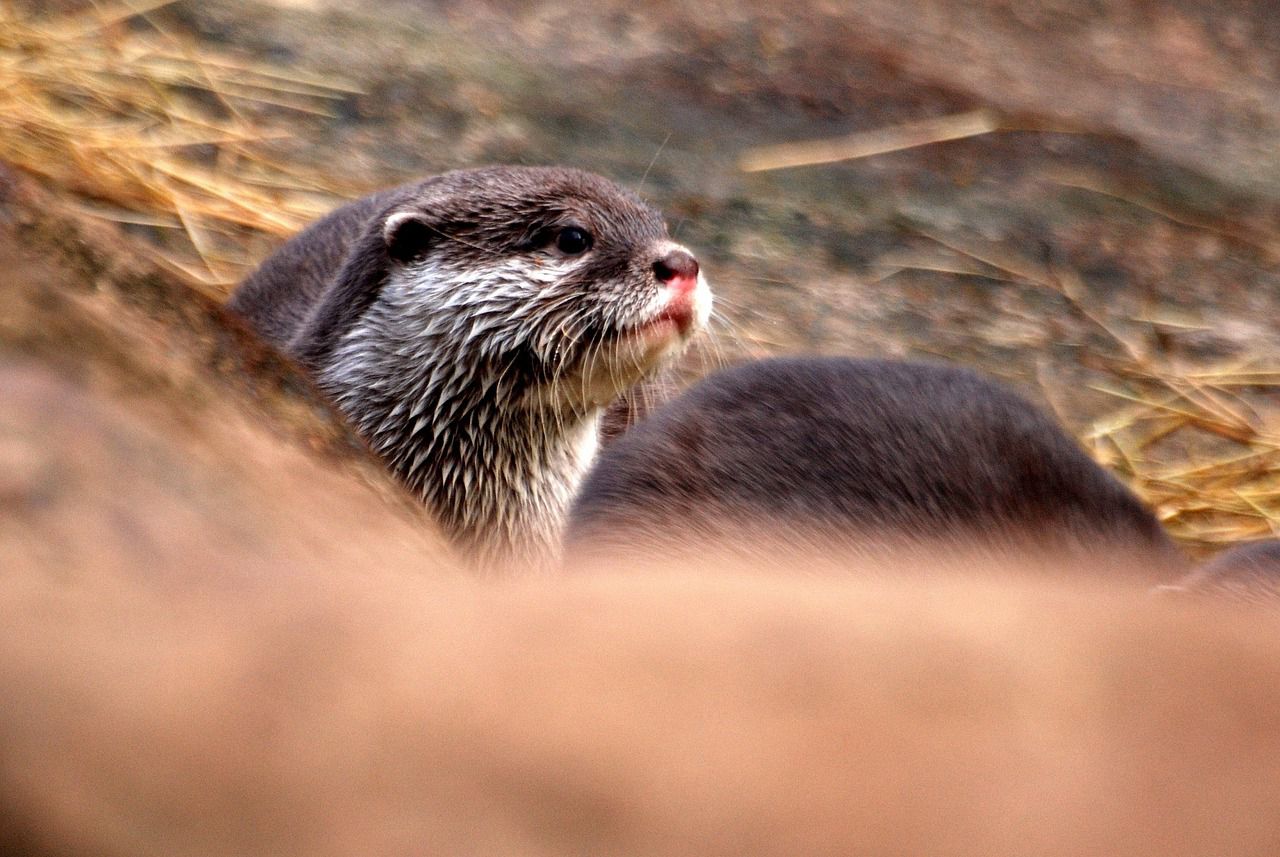Why otters show their babies when they're in danger: An unusual habit
Have you ever seen pictures of otters showing their babies while holding them in their paws?
Otters are known for their social and cooperative behavior, and showing their offspring when they're in danger is a part of their protective and teaching instincts.
This behavior serves several purposes.
Teaching Survival Skills
By showing their young the potential dangers in their environment, otter parents are essentially teaching them how to recognize and respond to threats.
This is a crucial aspect of their learning and development process.

Safety in Numbers
Otters often live in family groups, and there is safety in numbers.
By demonstrating the presence of a predator or danger to their young, otters are conveying the importance of staying close together for protection.
Maternal Instincts
Female otters, in particular, are highly protective of their young.
By showing them danger and guiding them to safety, mother otters are fulfilling their maternal instincts and ensuring the survival of their offspring.
Group Coordination
Otter families often work together to defend against predators or threats.
By showing their young when danger is present, otter parents are coordinating the group's response and ensuring that all members are aware and prepared.
Bond Strengthening
Sharing moments of danger and seeking safety together can help strengthen the bond between otter parents and their young.
This bond is essential for the young otters' well-being and growth.


